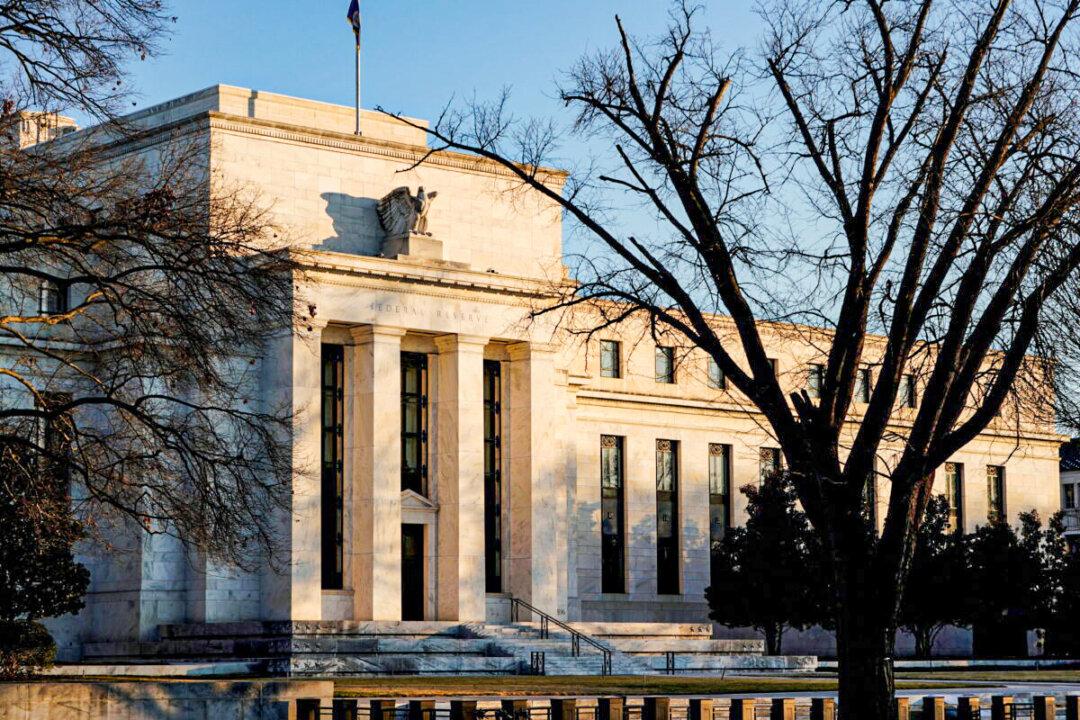Commentary
Last week the Federal Open Market Committee announced they were embarking on the first tightening cycle since December 2015, when the Fed began raising the Federal Funds Rate before lowering rates again in the summer of 2019. Fed Chair Jerome Powell reiterated during his press conference that the Fed was prepared to hike rates and was projecting numerous rate increases in 2022, provided the economic data support the need to continue tightening monetary policy.





